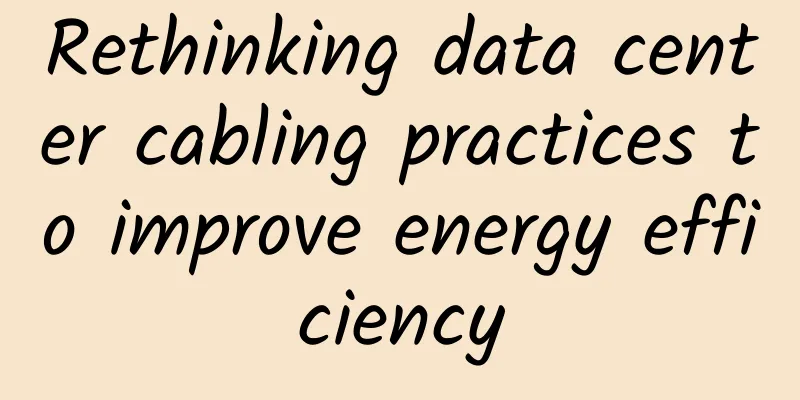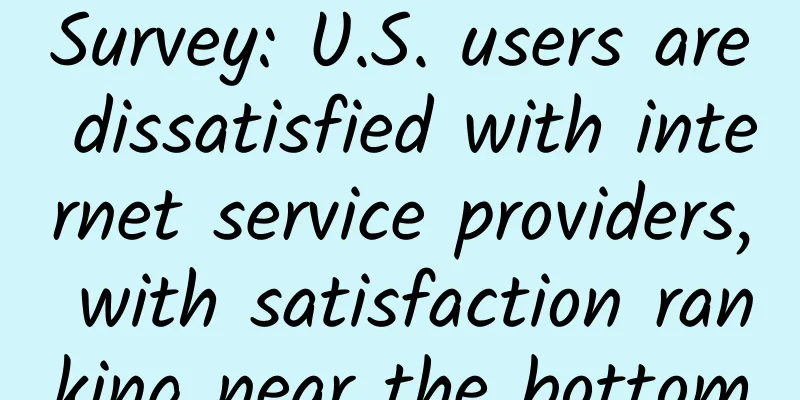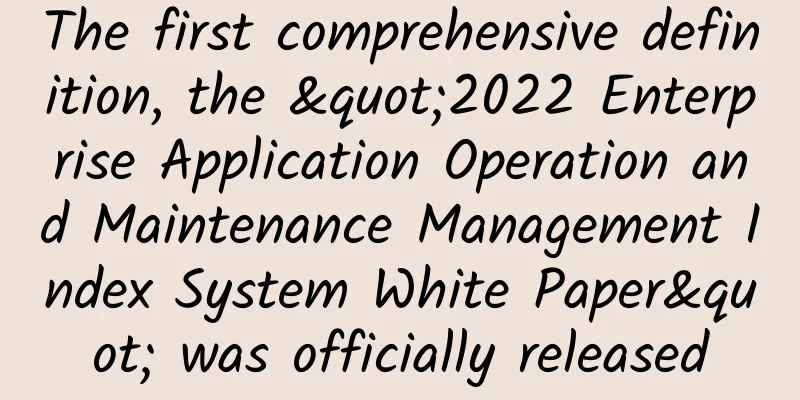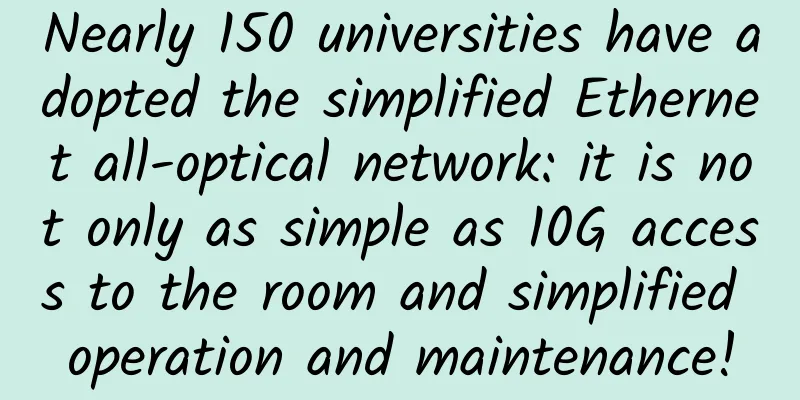Rethinking data center cabling practices to improve energy efficiency

|
According to a study by researchers from the U.S. Department of Energy, Carnegie Mellon University, Northwestern University and Stanford University, data centers in the United States consumed about 70 billion kilowatt-hours of electricity in 2014. While data centers consume a large amount of electricity to run servers, switches, directors, storage devices and other IT equipment, the study shows that if it weren't for the energy efficiency improvements in recent years, energy consumption in 2014 would have reached 110 billion kilowatt-hours. Today, the high level of attention paid to data center infrastructure operations has led engineers to design new products that offer higher performance and greater efficiency. While these innovative technologies play a key role in reducing the data center’s carbon footprint, they are only part of the equation in making data centers greener, and structured cabling is one area organizations may be overlooking when it comes to energy efficiency.
Data center cabling can be difficult to manage and can block the path of hot air. Therefore, data center managers must find ways to improve the efficiency of hot and cold air distribution. Here are some simple steps that can help data center managers do this. 1. Eliminate cable congestion Cable congestion is a common problem when cables are not managed effectively, which can cause a series of negative effects. First, cable congestion can prevent cold air from entering the equipment, causing hardware to overheat and possibly fail. Cable congestion can also prevent hot air from exiting the cabinet into the hot aisle and can cause hot air to spread into the cold aisle cooling system, wasting power while reducing cooling efficiency. IBM research shows that improvements to data center cabling infrastructure, such as eliminating cable congestion, can save 15% to 40% in energy costs. 2. Use smaller density cables To prevent cabinet congestion, enhance air flow, and promote more efficient cooling, cables with lower density are lighter and more flexible than bulky cables. 3. Rely on cable managers The main factors in building a more energy-efficient data center are: using horizontal and vertical cable managers to prevent airways from blocking equipment and simplifying the installation and connection of new equipment, including better management of longer cables, defining cable routing paths, and saving time during moves, adds and changes (MACs). 4. Install the blind plate By filling the extra cabinet space with blanking panels, the hot aisle is separated from the cold aisle. As a result, the mixing of hot and cold air is eliminated, which improves the utilization of electrical energy. 5. Limit the equipment in the cabinet Minimize the amount of Fibre Channel equipment and blanking panels in a single cabinet to limit the number of terminations. This reduces cabling and prevents it from blocking airflow in and around the cabinet. 6. Twisted cable Pre-terminated director trunks ensure superior performance because they are specifically designed to fit the Fibre Channel switching modules in today's leading director-class switches. Each connector is staggered to fit each port, eliminating cable slack and preventing cabinet blockage while enhancing airflow. Cabling infrastructure plays a critical but often overlooked role in the design of a data center, and by taking these steps, data center managers will not only pave the way for a more energy-efficient data center, but will also likely achieve a higher return on investment and improved total cost of ownership. |
>>: How to build a universal smart IoT gateway by reducing the data sampling rate
Recommend
5G Downlink Channel Sounding "CSI-RS"
Since 4G, the bandwidth of carriers has increased...
From 4G to 5G, my country's mobile communication highway is getting wider and wider
Since the advent of mobile communications, humans...
Ruijie RG-CT7800 launched online, "Dual Engines on the Cloud" creates a model of innovation in information technology applications
[Ruijie Networks Press Release] On April 10, Ruij...
5G commercial key equipment development completed: ready for large-scale popularization
Samsung recently announced that its 5G RF integra...
spinservers: $59/month - E3-1280v5, 32GB memory, 1TB NVMe, 30TB/10Gbps bandwidth
spinservers has just released several promotional...
Competition and Cooperation among the Three Major Industrial Internet Camps
"Short-term cooperation, long-term competiti...
Shanxi Yangquan Big Data and Intelligent Internet of Things Industry Development Conference was grandly held in "China Cloud Valley - Yangquan"
[October 13, Yangquan, Shanxi] On October 13, the...
NVIDIA Launches 6G Research Cloud Platform to Advance Wireless Communications with AI
NVIDIA today announced a 6G research platform tha...
git clone network speed is too slow, what to do, teach you how to solve
How to speed up git clone Do you often use git to...
One router makes all the appliances in the house smart. Huawei's ecosystem is taking over Xiaomi
At present, among China's smart home brands, ...
Outlook on the Next Generation of Enterprise Wireless Technology - CBRS
The shortage of wireless spectrum has always been...
In the era of instant messaging, what else can 5G bring us besides speed?
The 5G era is approaching, bringing more poetic i...
Wired and wireless network wiring solutions for different rooms (pictures and text)
Many users surf the Internet at home by building ...
2G is shut down in many places. How can NB-IoT and Cat.1 seize the opportunity in the reshuffle?
It's the start of the new school year again, ...
COVID accelerates interest in 5G, digital transformation, and IoT
[[409518]] The COVID-19 pandemic has accelerated ...









